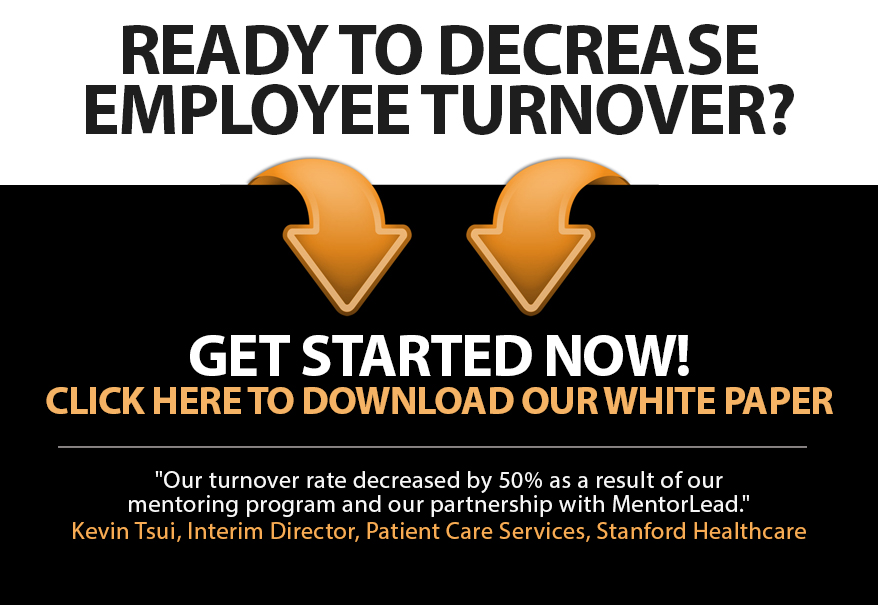
[Flash] Start in the Bleachers (Secret to Sharing Advice, Opinions, Ideas)
I have a bad habit… I regularly interject my unsolicited advice, opinions, and ideas.
Why?
1. I love solving problems.
2. I thrive on helping people.
3. I increase my power in relationships.
But by offering uninvited (even though enormously valuable!) advice and opinions, I’m essentially communicating to someone, “I don’t trust your judgment in this situation.” Yikes! How could anyone not feel criticized when I do that?
And when people feel judged and criticized, they stop trusting and sharing…
So I’ve decided to start in the bleachers.
When someone shares with me an issue or a problem, I’m going to intentionally grab a seat in those proverbial bleachers and cheer – not the situation, but the person for their efforts.
I’m going to cheer from the bleachers like a fan instead of shriek from the sidelines like a coach they didn’t hire, or worse, muscle onto the court like a teammate they didn’t want.
Because here’s the reality… if someone is sharing with me, I can know for certain that they want me to listen, show empathy, and be supportive.
From there I’ll consider how else I could contribute in that moment. And then I’ll ask if they want me to leave the bleachers to stand on the sidelines or get onto the court with them:
• Would you benefit from my perspective or experience?
• Do you need some help fixing this or do you just want to vent?
• Could you use some fresh ideas, advice, or resources?
This reserves for the other person some power in the situation, which strengthens their trust and spurs them to continue sharing.
Understandably, some situations require us to jump onto the court without permission. But even then the bleachers are a great place to start, allowing us first to assess the situation.
Trust is built on cheers, not fears.








